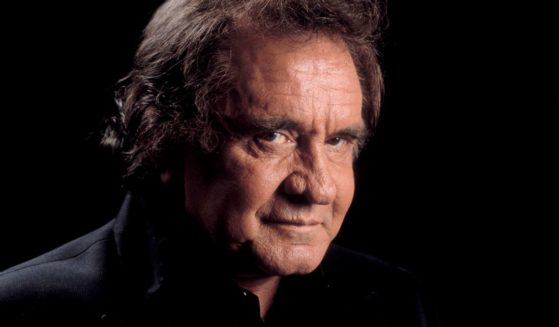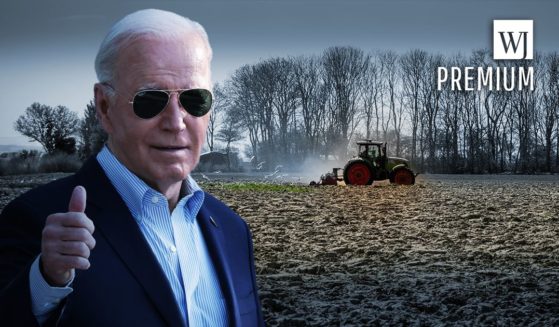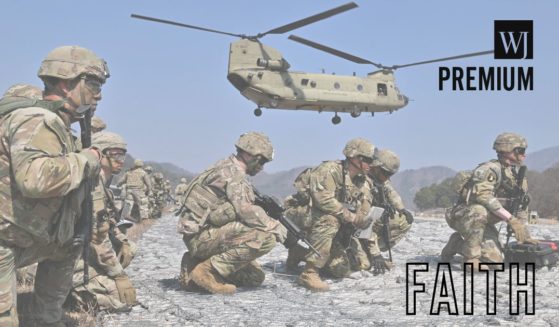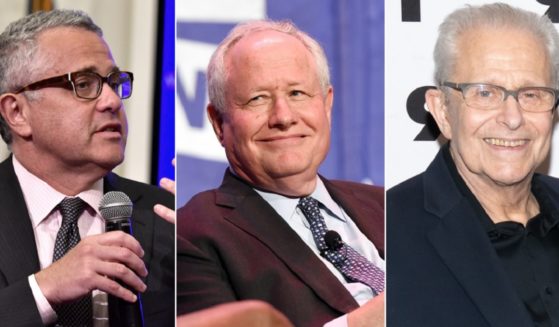Brown U criticized for using live pigs in medical training
PROVIDENCE, R.I. (AP) — A prominent physicians’ group has asked federal regulators to investigate Brown University’s medical school, arguing it is violating the law by using live pigs for training in emergency medicine.
The Physicians Committee for Responsible Medicine on Tuesday asked the U.S. Department of Agriculture’s Animal and Plant Health Inspection Service to investigate animal use at the Warren Alpert Medical School at the Ivy League university.
A medical school spokeswoman said she didn’t know about the complaint and didn’t immediately respond to questions about the use of pigs. The school’s website says its residency education includes hands-on animal labs.
The committee advocates for eliminating the use of live animals in any medical training and promotes the use of human-body simulators instead. Proponents of animal research argue it is crucial to scientific breakthroughs and for furthering medical science.
More than 90 percent of emergency medicine residency programs in the United States and Canada use only human-based training methods, such as medical simulation or cadavers, according to the committee. The nonprofit represents more than 12,000 doctors.
Brown, in Providence, violated the federal Animal Welfare Act because alternatives to animal use exist, so using pigs for emergency medicine training is not justified or unavoidable, said Dr. John Pippin, director of academic affairs for the Physicians Committee.
He also contends the school’s animal care and use committee does not properly oversee the use of pigs for the training, which would also violate the act.
“The purpose of all of these training programs, including at Brown, is to produce the best possible physicians in the field of emergency medicine. Everyone agrees on that,” said Pippin, a cardiologist in Dallas. “What I’m claiming, and I think I can prove, is the best way to do this does not include the use of animals.”
Simulators allow repetition, so if residents err when putting a chest tube in, for instance, they can do it again, Pippin said.
The models also do a better job at representing human anatomy, he said. A pig’s skin is thicker and the trachea far deeper than on a person, so a resident could not cut a hole for a blocked airway on a person in the same way they would on a pig, for example, Pippin said.
There are 16 programs the committee knows of that still use live animals, and most use pigs. Pippin said he has reached out to all 16.
When Pippin first contacted Brown’s medical school in the fall, he said, he was told by the residency director she wouldn’t have time to consider the matter for six months. He contacted her boss and the dean of medicine, he said, but got nowhere and drafted the letter.
Pippin said the committee is not looking for the university to be penalized in any way, rather they’re hoping to motivate Brown to pay attention to the information the committee provided.
The Western Journal has not reviewed this Associated Press story prior to publication. Therefore, it may contain editorial bias or may in some other way not meet our normal editorial standards. It is provided to our readers as a service from The Western Journal.
Truth and Accuracy
We are committed to truth and accuracy in all of our journalism. Read our editorial standards.












